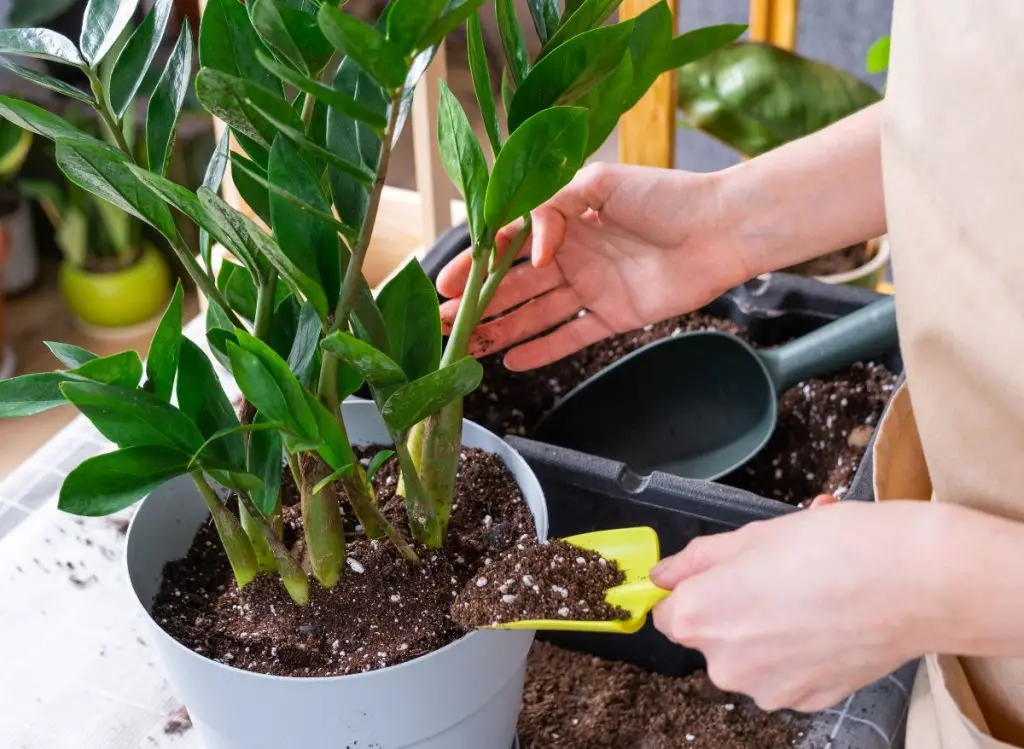
Most gardeners would agree that succulents are a perfect way to add greenery to your indoor and outdoor space due to their low maintenance and unique appearance. Another reason succulents have become so popular is that they require minimal watering and sunlight and can thrive in various types of soil.
Succulents are known for their ability to store water in their leaves and require minimal care to thrive. However, with time, they can outgrow their pots and become untidy. When your succulents outgrow their pots, the leaves start to wilt and lose color, making them less attractive.
But don’t worry; with a few simple steps, you can revive your succulent and bring it back to its former glory. Read on to find out how to clean up and care for your overgrown succulents. You might also enjoy reading: 9 best indoor succulents low light that thrive in dark rooms.
How to Clean Up Overgrown Succulents
Succulents are some of the easiest plants to care for; however, one common issue faced by many succulent growers is overgrowth.
The good news is that overgrown succulents can be easily cleaned up with a few simple steps. Here’s how to clean up overgrown succulents:
1- Assess The Situation
The first step is to assess the extent of overgrowth. If only a few leaves have outgrown the pot, then you can simply remove them without disrupting the rest of the plant.
However, if the plant has outgrown the pot entirely, you’ll need to repot it. Also, I also encourage you to check if the plant has any dead leaves that need to be removed.
And remember, if the plant outgrew its pot, it is time to repot it. It is recommended to choose a pot that is slightly larger than the previous one and fill it with fresh succulent soil.
2- Choose the Right Potting Soil
Before you start cleaning up your succulents, make sure that you have the right tools and materials. I suggest you choose potting soil that is well-draining and porous. Avoid using regular garden soil, which holds water and retains moisture, leading to root rot.
Instead, go for a cactus soil mix, which is airy and allows water to drain through quickly. You can buy this from a garden store or make it yourself by mixing equal parts of sand, perlite, and peat moss. The University of New Hampshire recommends sandy soil for cacti and succulents to improve drainage.
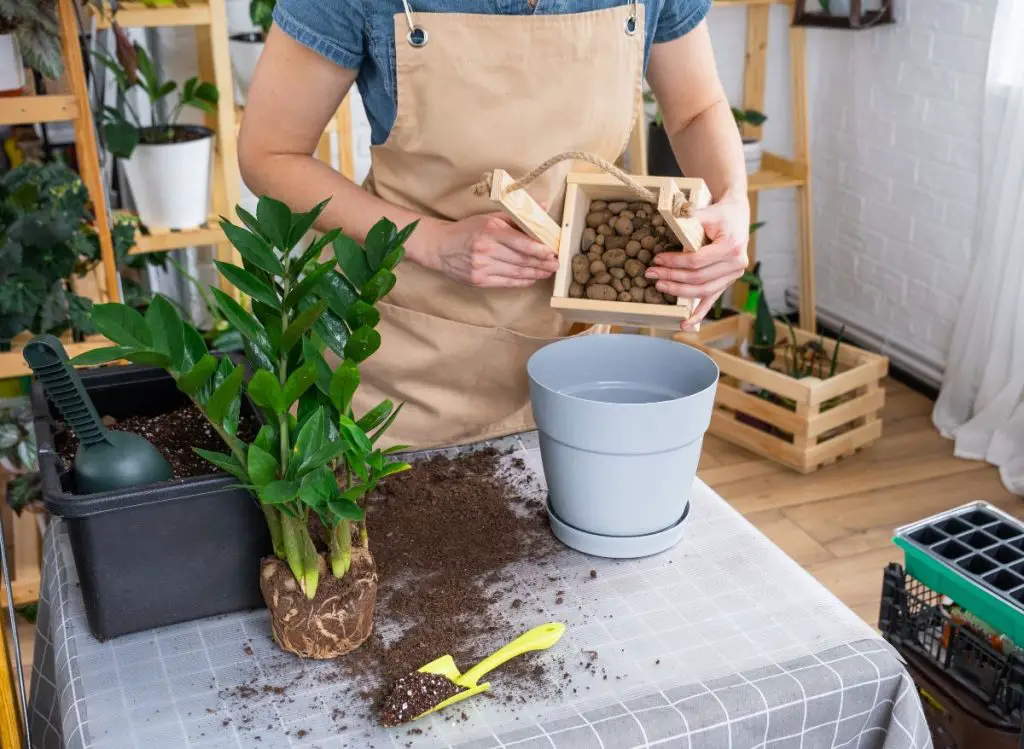
3- Remove Dead Leaves
Start by removing dead leaves and foliage from your succulent. For your own safety, it is recommended to use a pair of sterile scissors or pruning shears to cut off the dead leaves close to the stem’s base.
Remember, if you leave dead leaves on the plant, they can spread infections and attract pests. I also believe that removing the dead leaves will allow new growth to emerge and can help you identify if the plant is healthy.
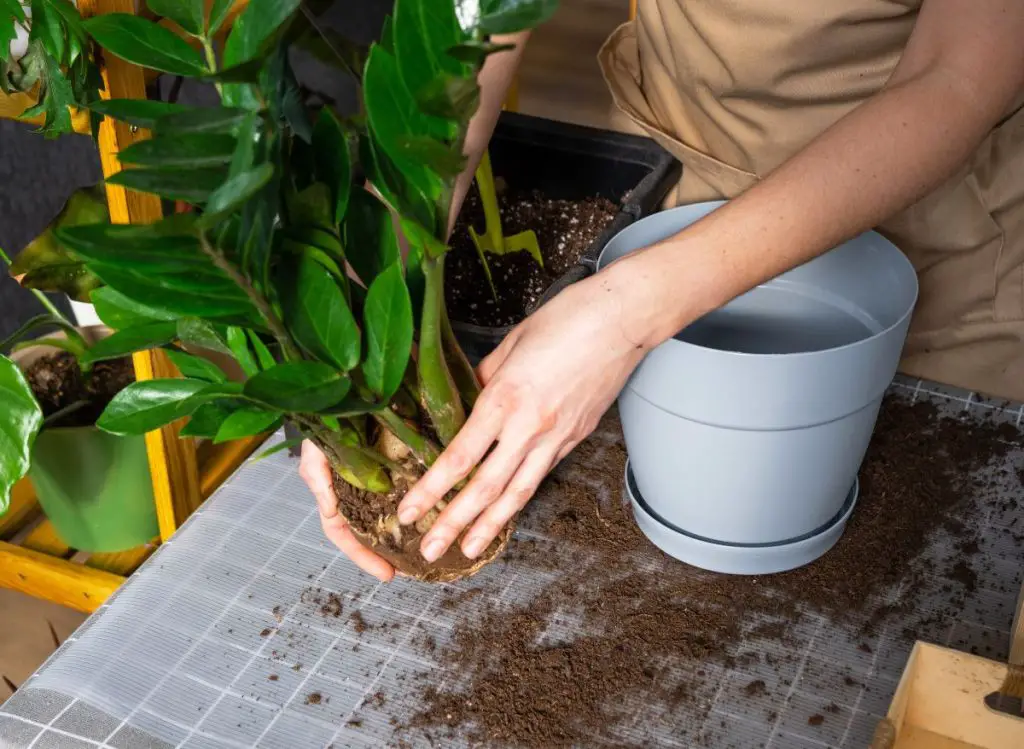
4- Gently Remove The Plant From its Pot
To avoid damaging the roots, it is crucial to remove the plant from its pot gently. I suggest you turn the pot upside down and tap the base until the soil and root ball fall out.
Be patient and don’t pull or yank the plant out, as this can cause the roots to tear and damage the plant.
5- Prune The Plant
Now that you have the plant outside of the pot, carefully remove any dead or damaged leaves. If the plant has grown too tall, prune the stem to your desired height using clean, sharp scissors.
However, be careful not to cut off the leaves too close to the stem, as this can cause new growth to be stunted.
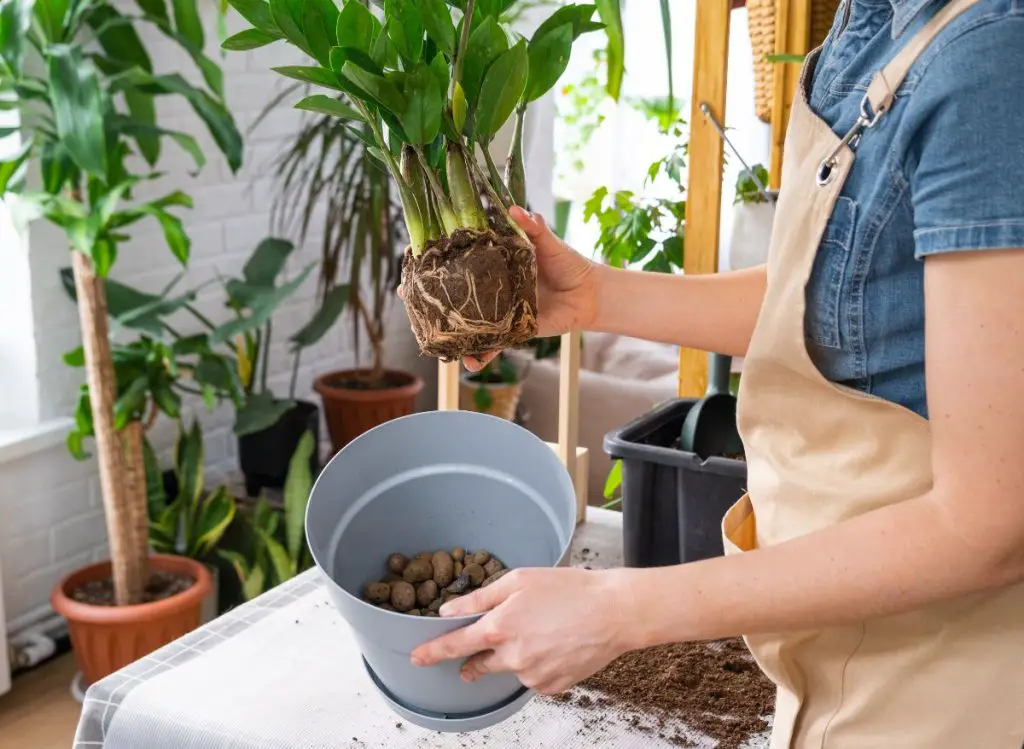
6- Careful Repotting
When you are cleaning up your succulent, you may notice that its roots have outgrown its pot. If this is the case, you need to repot your succulent.
However, be careful when repotting to avoid damaging the roots. Here are a few tips for carefully repotting your outgrown:
- Use a container that is one size bigger than the previous one and fill it with well-draining potting soil.
- Gently remove the succulent from the previous pot and brush off the old soil from the rootball.
- Make sure that you don’t damage the roots, and place the plant in the center of the new pot.
- Fill the pot with potting soil and water the plant gently.
- Place the plant in the center and fill in any gaps with soil.
- Lightly press the soil down to ensure the plant is secure and won’t topple over.
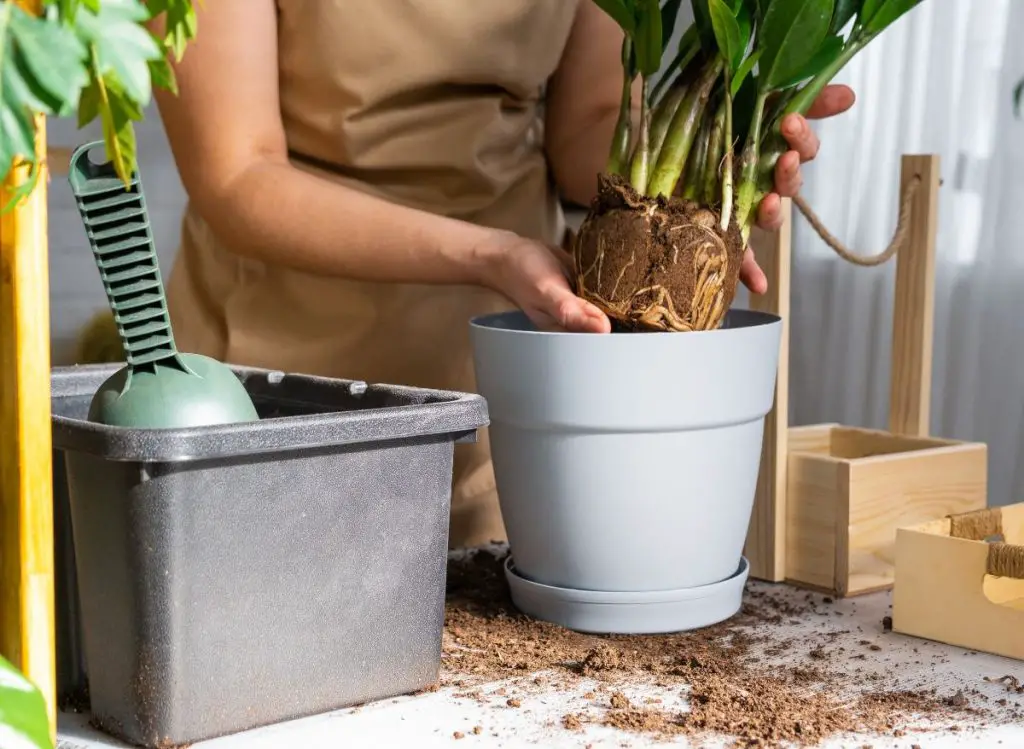
7- Check and Refill Water
Succulents are known for their ability to store water, so they don’t need watering very often. The good news is that succulents can thrive in dry soil for extended periods. Before watering your plant, make sure that the soil is dry up to an inch deep.
You can check this by sticking your finger into the soil and feeling the moisture level. If the soil feels damp, wait for a few days. If it is dry, you can water your plant sparingly.
8- Provide Adequate Lighting
Succulents need bright light to thrive, and they can tolerate direct sunlight. Therefore, it is recommended to place your succulent in a spot that receives ample light, preferably near a south-facing window.
In addition, I encourage you to rotate the plant occasionally to ensure that all sides receive light and grow evenly. You can also buy an artificial grow light on Amazon.

9- Let the Plant Rest
After repotting or pruning, it is important to give the plant some time to rest and adjust to its new environment.
I suggest you place your succulent in a shaded area with indirect sunlight for a few days before slowly transitioning it back to its original spot.
If you want to learn more about how to clean up your overgrown succulent, I encourage you to watch this video or the video below.
What to read next:
- Choosing the Right Gloves for Cactus Gardening.
- How Long Do Succulents Live Without Water (This Long!)
- Top 10 Unexpected Succulent Plants Benefits.
Wrapping Up
Bringing your overgrown succulents back to life is an easy process that you can do yourself. The first step is to choose well-draining potting soil and remove dead leaves. Be careful when repotting to avoid damage to the roots, and check the soil’s moisture level before watering.
And then, place your succulent in a bright spot that receives ample light. By following these steps, I believe that you can revive your succulent and have a healthy and beautiful plant in no time.


